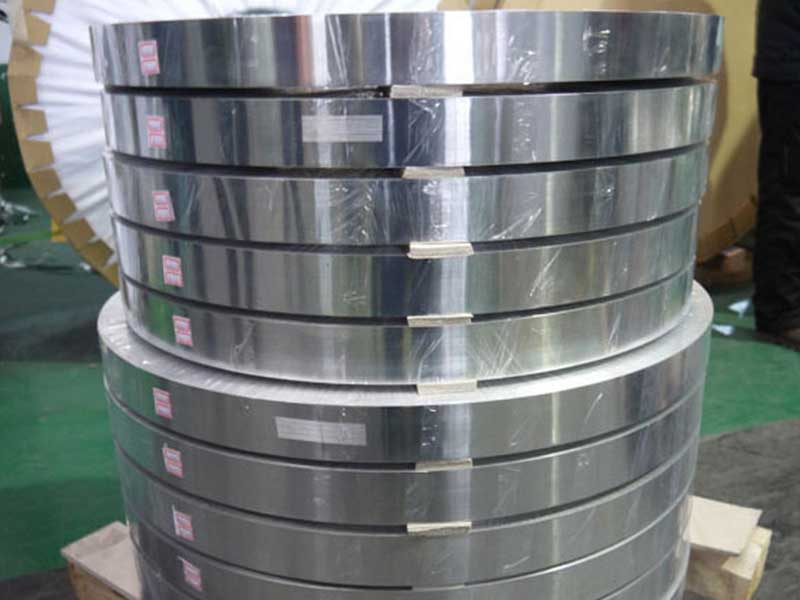Aluminium foil package
Aluminium foil packaging is one of the most versatile, efficient, and widely applied solutions in protecting products across multiple industries. Despite being common in everyday household kitchens, the role of aluminium foil in packaging transcends simple uses — it extends into sophisticated applications requiring stringent technical standards, precise alloy tempering, and meticulous implementation conditions.
In t
Aluminium Foil for Packaging
Aluminium foil is typically a very thin sheet of aluminium — usually less than 0.2 mm thick — produced by rolling large slabs of the metal cast from molten aluminium. The foil continually undergoes reduction in thickness through mechanical rolling. The resulting product is highly flexible yet robust.
From a production standpoint, the seemingly simple aluminum foil package presents surprisingly complex challenges. We constantly grapple with achieving the optimal balance between material thickness and strength. Too thin, and the package tears easily during transport or consumer handling, leading to product damage and waste. Too thick, and we face increased material costs and potentially slower production speeds due to the increased resistance of thicker foil. Furthermore, the sealing process is critical; insufficient heat or pressure results in compromised seals allowing moisture or oxygen ingress, compromising product freshness and shelf life. We meticulously monitor these parameters, often adjusting them based on ambient temperature and humidity, to ensure consistent package integrity across various production runs.
Beyond the technical aspects, consumer behavior significantly influences package design. We've learned that the ease of opening, often overlooked, is paramount. A package that's frustrating to open can lead to negative brand perception, regardless of the product quality within. Similarly, we've experimented with different foil surface treatments – from enhanced gloss for premium branding to matte finishes for discreet packaging – to cater to specific product needs and market demands. Analyzing consumer feedback and incorporating it into our designs, from tear notches to resealable closures, is integral to producing a package that’s not only protective but also user-friendly and contributes positively to the overall consumer experience.
Production Parameters:
| Parameter | Typical Range |
|---|---|
| Thickness | 6 microns – 200 microns |
| Width | up to 1500 mm (varies by mill capability) |
| Temper | Soft (O), Half-Hard (H14), Hard (H18) |
| Alloy Series | 1000 (Mainly 8011 & 1235 for packaging though exact industrial grading varies) |
Manufacturers adjust primary parameters to suit specific demands. For packaging, special attention is given to alloy composition, tempering process, surface finish, and coating if applicable.
Alloy Tempering: Enhancing Metal Properties
One of the secrets behind highly functional aluminium foil packaging lies in alloy tempering.
Soft Temper (O Temper): This temper keeps the foil highly pliable. It makes the foil excellent for tight wrapping and sealing applications, offering less resistance to bending but lower mechanical strength.
Half-Hard Temper (H14): Offers a balanced strength and flexibility compromising slight stiffness for shape retention.
Hard Temper (H18): Is typically too rigid for packaging but applied in areas requiring higher stiffness.
For packaging, Aluminium alloys of 8011 are widely used given their excellent corrosion resistance and good formability when produced in Soft and Half-Hard tempers.
Chemical Composition of Common Packaging Grade Aluminium Alloys (Code: 8011)
| Element | Percentage (%) |
|---|---|
| Aluminium (Al) | 97.0 – 99.0 |
| Iron (Fe) | 0.3 – 0.7 |
| Silicon (Si) | 0.3 - 0.7 |
| Manganese (Mn) | 0.1 – 0.5 |
| Copper (Cu) | < 0.1 |
| Others | < 0.15 collectively |
The high aluminium concentration with controlled levels of Fe and Si provides the foil its robust protective barrier characteristics.
Technical Functions of Aluminium Foil Packaging
Barrier Protection: Aluminium foil effects an almost perfect shield against moisture, oxygen, light, bacteria, and external odors, maintaining product freshness and stability.
Heat Reflectivity: Reflecting UV light and thermal emissions helps in applications that require insulation or temperature-sensitive packaging such as pharmaceuticals and perishable foods.
Mechanical Protection: The foil cushions products, provides a portion of physical defense against punctures and abrasion when backed by paper, plastic, or laminated layers.
Form and Seal Capabilities: Thermal sealing on aluminium foils along with laminate films creates puncture-resistant and tamper-proof closure systems—extremely valued in ready-to-consume products.
Implementation Standards and Quality Conditions
Several international standards guide aluminium foil packaging applications:
- ASTM B479 / B479M — Standard Specification for Aluminium and Aluminium-Alloy Foil (for flexible packaging)
- ISO 2093 — Specifies requirements for rolled aluminium foils for packaging materials
- FDA 21 CFR 175.300 — Governs food contact materials compliance specific to aluminium
- European Standard EN 1935/2004 — For materials intended to come into contact with food
Control of moisture content, pinhole integrity, coating (lacquers or polymers on foil surface for barrier or handling properties), all contribute to meeting these rigorous conditions.
Aluminium Foil Package Applications
Food Industry: From bakery detergents wrap to coffee sachets and frozen food bags, foil packages ensure prolonged shelf life.
Pharmaceuticals: Blister packs and sterile barrier pouches take advantage of foil for barrier protection.
Cosmetics: Product sealing for creams and gels benefits from aluminium foils’ reflectivity and moisture shield.
Electronics: Foil acts as EMI shielding for sensitive electrical components.
Industrial Uses: Protective wrapping and insulation foils coat cables and machinery parts needing temperature and corrosion management.






